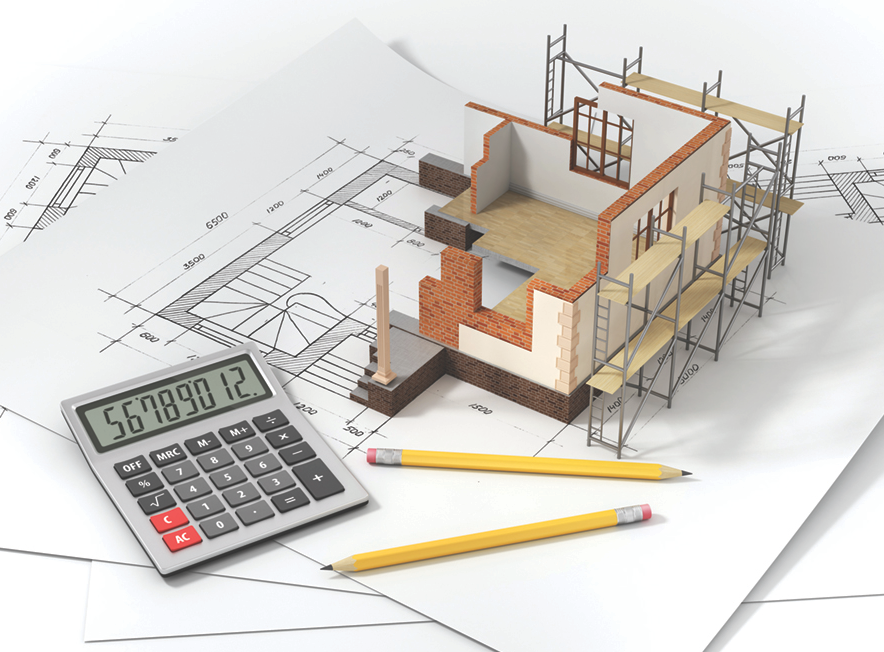Apartment buildings as an asset class are considered stable and low-risk investments, and most commercial lenders are willing to provide great financing for this type of property. Typically lenders will consider it to be a commercial multi-family property if it is five or more units. Financing can usually be done conventionally or with Canada Mortgage and Housing Corp. (CMHC) insured financing.
Conventional Financing:
Lenders will usually do a maximum of 75 per cent loan to value of the appraised value or purchase price, whichever is less. The net income of the property will need to service the loan not just at a 1:1 ratio, but usually for this asset class, at 1.25 times (also known as a debt coverage ratio of 1.25). For example, if the monthly mortgage payment is $5000 per month, lenders will look for the net income of the property to be 5000 x 1.25 = $6,250 to allow an additional amount of safety.
Lenders will want a current commercial appraisal, and an environmental Phase 1. Some lenders also require a building condition report.
CMHC Insured Financing:
The main benefit to obtaining CMHC insured financing are the low interest rates that can be locked in for long term financing. Because the loan is insured, there is virtually no risk to the lender, so they are able to offer their absolute best rates.
Indicative rates for a five-year term are currently around 2.53 per cent and around 3.33 per cent for a ten-year term. These float with the Canada Mortgage Bond rate, and fluctuate daily.
Compared to conventional rates, these are usually around a full 1 per cent to 1.5 per cent less. This can make a huge difference in the cash flow of a property, especially when you are looking at larger loan amounts.
The maximum loan that CMHC can provide is 85 per cent loan to value. Note that the value would be determined by underwriting criteria set out by CMHC. This includes additional expenses, such as a caretaker expense, property management (regardless if the property is to be self-managed by the borrower), maintenance and repairs, and appliance reserve. They will also determine what capitalization rate and vacancy rate to use for the area, which will ultimately affect what the overall value is for the property.
For properties of five to six units, the minimum debt coverage (DCR) ratio is 1.10, which is significantly lower than for larger rental properties. For larger properties, the minimum DCR requirement is 1.30 for a five-year term and 1.2 for a ten-year term.
There is an application fee to CMHC of $150 per unit that borrowers have to provide up front in order to have CMHC review the file. There is also an insurance premium that is charged, that will be based on the loan to value. For example, the premium is 1.75 per cent for loan to value of 65 per cent and rises to 4.5 per cent for maximum loan to value ratios of 85 per cent.
The amortization would normally be based on 25 years. The application process takes about three to four weeks for CMHC approval (certificate of insurance), and then another couple of weeks to obtain a commitment from a lender.
It should be noted that CMHC will require that the borrower have sufficient net worth and a good credit history. If the borrower is a corporation, a review of audited financial statements may be required.
CMHC does not require a commercial appraisal. The value of the property is derived from the annual rental income of the property called the net operating income (NOI).
Generally speaking, CMHC uses stabilized income (that is rent levels sustained for one full operating year) at the time of insurance application as substantiated by the property rent roll to determine the gross rental income.
Next: Investing in strata windups
Previous: Six top landlord markets



